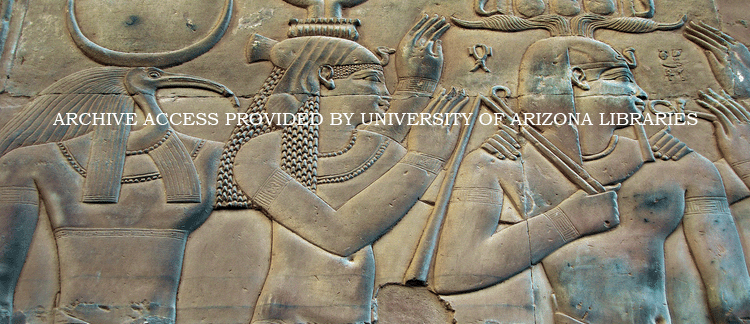Abstract
The falcon is the most frequently represented bird in Egyptian art. The discovery that falcons were depicted more often than realized in Aegean art, during the author’s studies of Aegean faunal iconography, prompted this article which delves into their natural history as a way to understand the falcon gods of Egypt as well as Egyptian and Aegean falcon depictions. This study found that in both cultures the traits of the depicted falcons center around the Peregrine (Falco peregrinus) and Common Kestrel (Falco tinnunculus ) with some Lanner (Falco biarmicus) head traits. The black malar facial stripe, hooked beak, and tomial ‘tooth’ of falcons characterize all Egyptian falcon depictions. In ancient Egypt the falcon was revered and it appears to hold a special place in Egyptian iconography with everyday images of falcon species not being present.
How to Cite
Porter, R., (2011) “Insights into Egyptian Horus Falcon Imagery by Way of Real Falcons and Horus Falcon Influence in the Aegean in the Middle Bronze Age: Part I”, Journal of Ancient Egyptian Interconnections 3(3), 27-38. doi: https://doi.org/10.2458/azu_jaei_v03i3_porter
2046
Views
1463
Downloads
